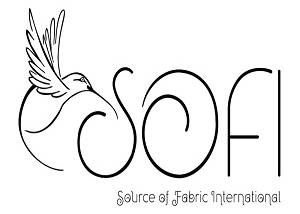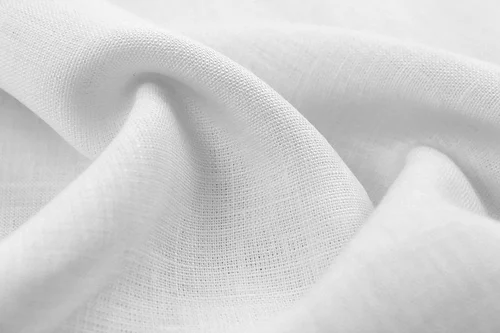When navigating the world of textiles, terms like RFD (Ready for Dyeing) and PFD (Prepared for Dyeing) often come up. These terms refer to fabric treatments that prepare textiles for the dyeing process. While they may seem interchangeable, understanding the distinctions between RFD and PFD is crucial for anyone involved in fabric sourcing, dyeing, or production. This article delves into the key differences between these fabric types, helping you make informed decisions for your textile projects.
Understanding RFD and PFD Fabrics
What is RFD (Ready for Dyeing)?
RFD fabric is a type of textile that has undergone minimal processing, leaving it in a state that is ready for dyeing. The term “Ready for Dyeing” is quite literal—RFD fabrics are typically untreated beyond basic bleaching or scouring. This minimal treatment leaves the fabric in a more natural state, ideal for further dyeing processes.
- Minimal Processing: RFD fabrics undergo only the essential steps to make them ready for dyeing. This includes basic cleaning and bleaching.
- Natural Feel: Due to the minimal processing, RFD fabrics often retain a more natural feel and appearance, making them popular in eco-friendly and organic textile production.
What is PFD (Prepared for Dyeing)?
PFD fabric, or “Prepared for Dyeing,” refers to textiles that have been fully processed to ensure optimal dye uptake. Unlike RFD fabrics, PFD fabrics go through a more rigorous preparation process, including de-sizing, scouring, bleaching, and sometimes mercerization. This thorough treatment allows the fabric to absorb dye evenly, resulting in more consistent and vibrant colors.
- Enhanced Processing: PFD fabrics are treated with various chemicals and processes to remove impurities, ensuring that the fabric is fully prepared to take on dyes.
- Consistency in Dyeing: Due to the extensive preparation, PFD fabrics are favored when a uniform color and high-quality dyeing results are required.
5 Key Differences Between RFD and PFD Fabrics
Understanding the differences between RFD and PFD fabrics can significantly impact the outcome of your textile projects. Here are the five key distinctions:
1. Processing Level
- RFD: Minimal processing, mainly involving basic cleaning and bleaching.
- PFD: Extensive processing, including desizing, scouring, bleaching, and often mercerization.
2. Fabric Appearance
- RFD: Retains a more natural and slightly raw appearance.
- PFD: Has a cleaner, more polished look due to additional treatment.
3. Dye Absorption
- RFD: Dye absorption may be less consistent, often requiring more careful dyeing techniques.
- PFD: Absorbs dye evenly, making it easier to achieve uniform colors.
4. Cost
- RFD: Generally more affordable due to fewer processing steps.
- PFD: Typically more expensive because of the additional treatments and chemicals involved.
5. End Use
- RFD: Preferred in organic and natural textile products where minimal processing is desired.
- PFD: Used in high-end fashion, home textiles, and other applications where color consistency is critical.
Which Fabric Should You Choose?
The choice between RFD and PFD fabrics depends largely on your project’s requirements. If you’re looking for a fabric that will give you the freedom to experiment with natural dyes and you’re working within a budget, RFD fabrics are a great option. However, if consistency and vibrancy in color are your top priorities, PFD fabrics are the better choice, despite the higher cost. Read More About Understanding the Production Process of Organic Cotton Jersey: From Farm to Fabric
Conclusion: Enhancing Your Textile Projects with the Right Fabric
Understanding the differences between RFD and PFD fabrics allows you to make informed decisions that can enhance the quality and outcome of your textile projects. Whether you need the natural appeal of RFD or the consistent results of PFD, SOFI’s wholesale fabric services offer a wide range of options to meet your needs. Explore our extensive collection and find the perfect fabric for your next project.


